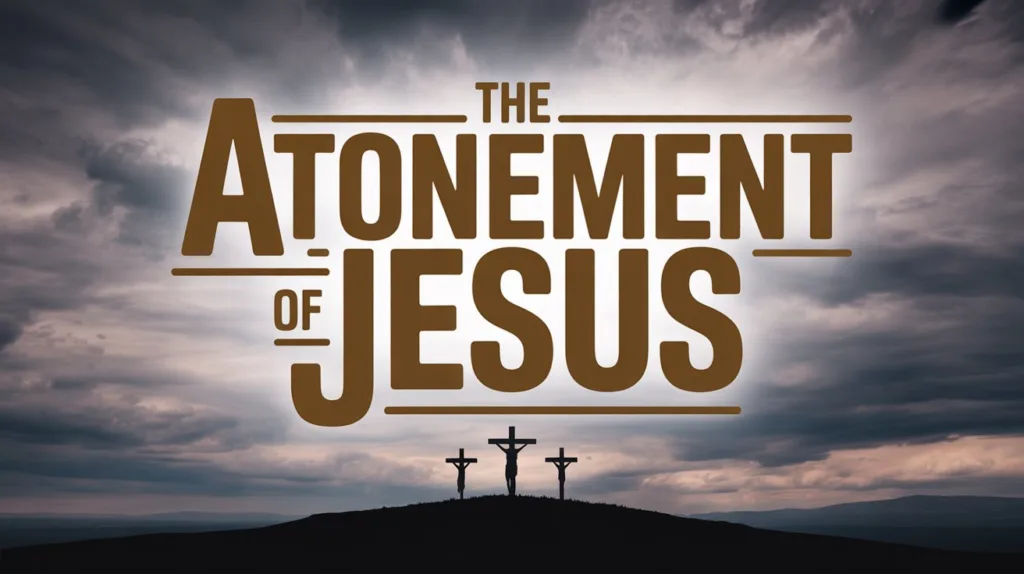A Bible Study on the Good Samaritan
The parable of the Good Samaritan begins with a lawyer testing Jesus. He asks Jesus: "Teacher, what shall I do to inherit eternal life?" Jesus answers with a question: "What is written in the law? What is your reading of it?" The lawyer replies: "You shall love the...










